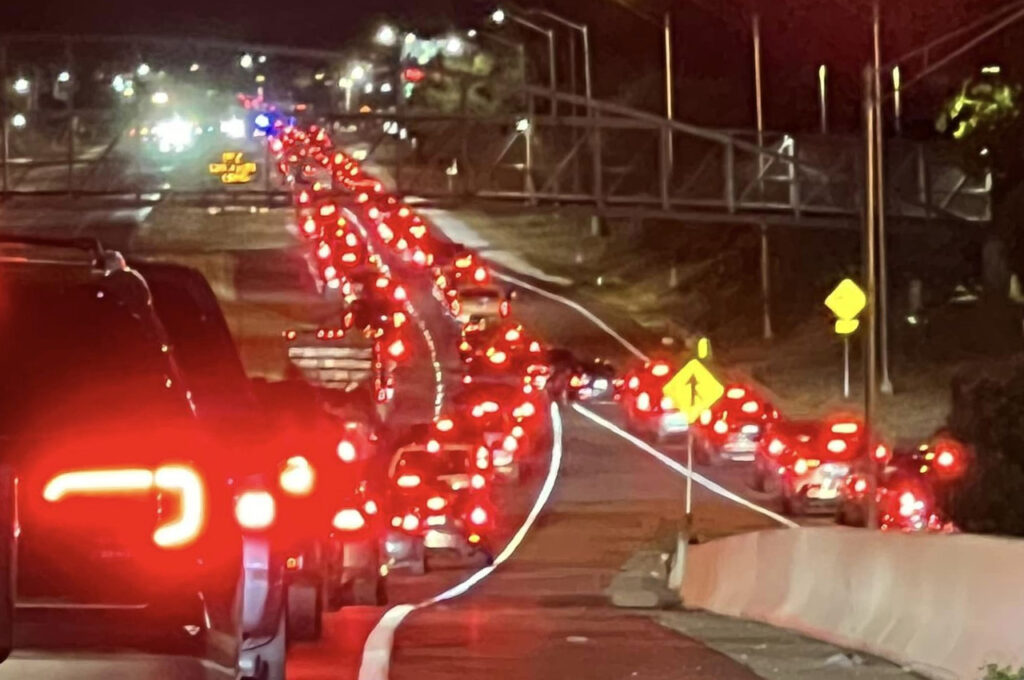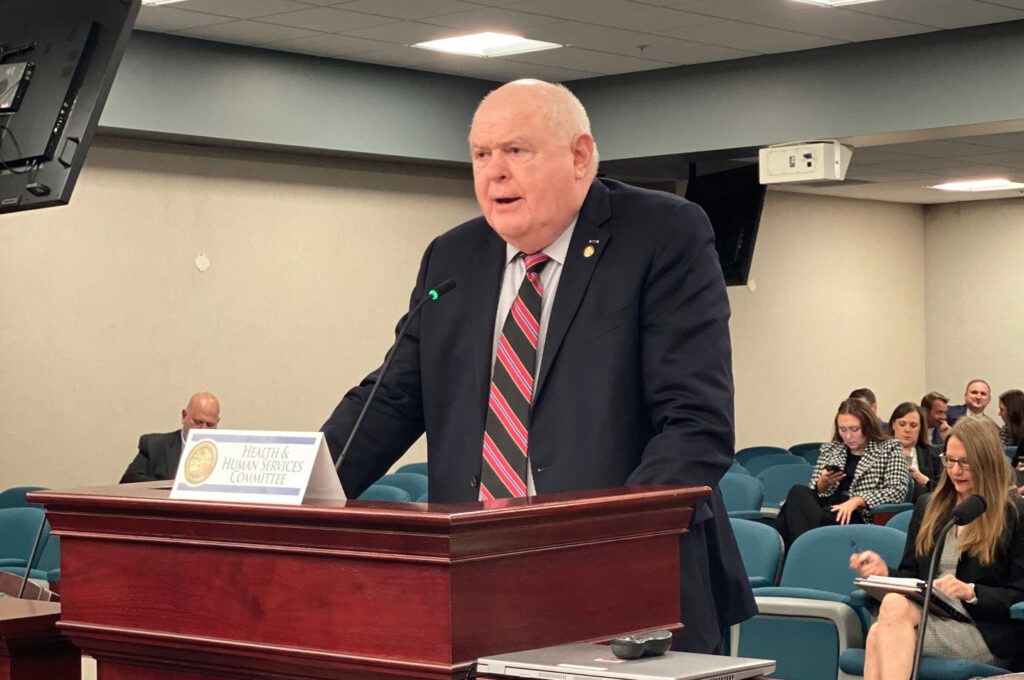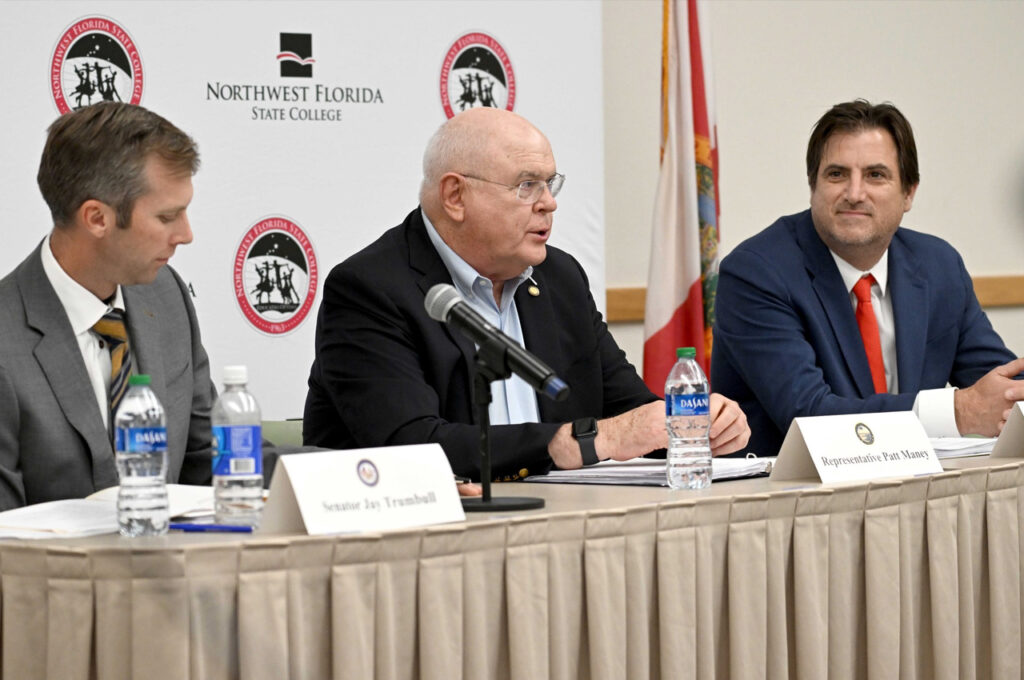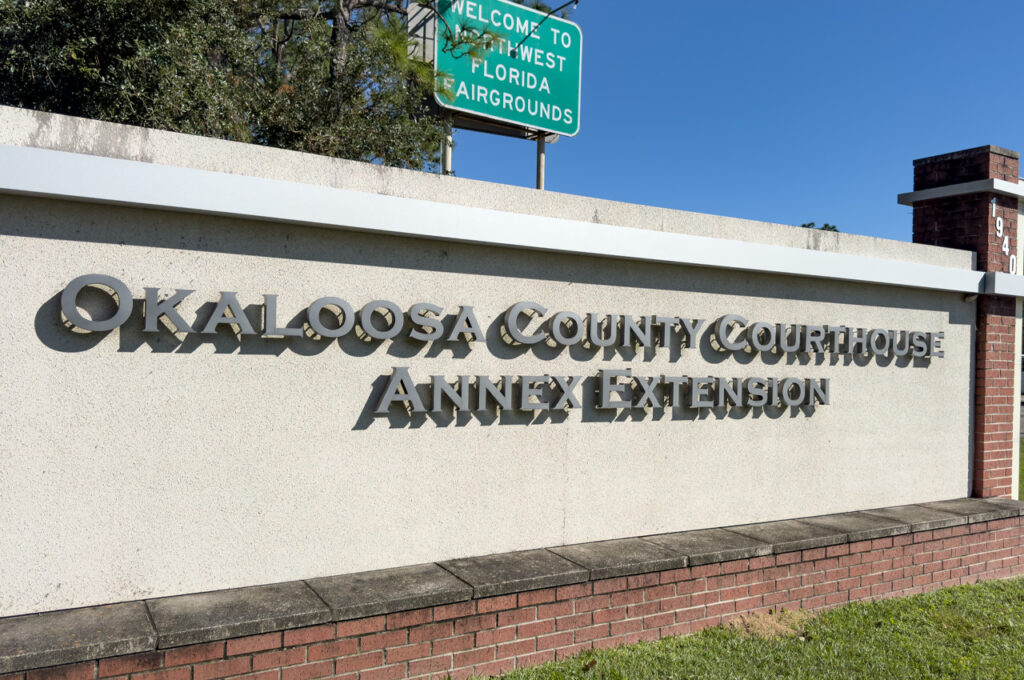University of West Florida archaeologists launched fieldwork last week in their search for Fort Kirkland, a lost Second Seminole War outpost in Okaloosa County that represents a critical piece of Northwest Florida’s early territorial history.
- The fort, believed to have been attacked and burned during conflicts between American settlers and indigenous communities in the 1830s, was established by Caleb Kirkland and his family near what is now called Fort Kirkland branch of Poverty Creek. Its exact location has been lost to history despite decades of interest from local historians and descendants of the area’s early settlers.
“This is about reconnecting with a lost part of Florida’s history,” said Nick Linzy, a UWF graduate student participating in the project. “With such limited historical documentation, archaeology is our best hope.”
The search, funded by a $250,000 state grant secured by Rep. Patt Maney, examines a tumultuous period when Florida’s transition to American territory in 1821 brought families from Alabama and Georgia into lands inhabited by Muscogee (Creek) and Seminole communities. These tensions ultimately erupted into the Second Seminole War (1835-1842).
On March 20-21, the UWF Archaeology Institute conducted a training workshop at the Crestview Community Center followed by fieldwork near Poverty Creek, using property owned by the Okaloosa County School District as a training ground while agreements for access to higher-probability private sites are finalized.
- “While we were gone at spring break, UWF and their team of archaeologists came out onto a parcel that is owned by the district off of Poverty Creek to look for Fort Kirkland,” Okaloosa School Board Member Parker Destin reported during Monday’s board meeting. “It appears that over the years we’ve had plenty of people out there hunting. We found a lot of antique beer cans, but it was a very good opportunity for the archaeologists to get the training they need.”
The archaeological team included several PhD students, masters and undergraduate students, along with private citizens experienced in archaeological surveying – including specialists who search for downed World War II aircraft internationally. Participants received training in metal detecting techniques, field methods, data management, and historical context before applying these skills in forested terrain.
Jennifer Melcher, a faculty research associate with the UWF Archaeology Institute, guided students in using Geographic Information Systems to fit historic maps to modern landscapes and identify potential fieldwork locations. Her class spent weeks digitizing historic roads and settlements to guide the search.
- “This project allows students in my class to work with project data in real time,” Melcher said. “Normally, the class works with created practice scenarios; in this case, their work is creating important data for the search for Fort Kirkland.”
Nicole Grinnan, assistant director of the Archaeology Institute, coordinated the training and invited veterans from Task Force Dagger Special Operations Foundation to participate.
“Training veterans to help archaeologists and students conduct a metal detector survey brings together important audiences around the subjects of public archaeology, education and service,” said Dr. Ramie Gougeon, director of the Archaeology Institute.
Students will spend the rest of the semester reviewing their findings and figuring out if more fieldwork is needed, according to UWF. The team hopes to present text and a proposed location for a historical marker to Rep. Maney in fall 2025.
“God willing, hopefully we can find Fort Kirkland,” said Destin.






2 Responses
I’ve lived in the area all my life and we use to go arrowhead hunting in the area & use to find them.
I’ve lived in the area all my life and we use to go arrowhead hunting in the area & use to find them.